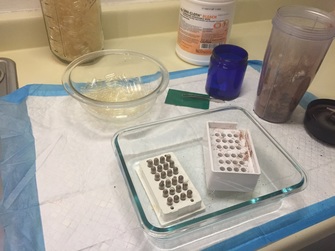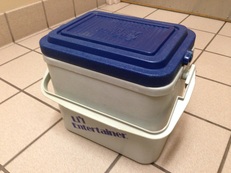UPDATED 10/26/17
The process of placenta encapsulation has been growing at a rapid rate in the last 5+ years. Across the Twin Cities and beyond, all types of moms are choosing this ancient process to support themselves during the postpartum period in a natural way. We routinely work with moms who choose hospital birth, home birth, birth center birth, unmedicated birth, epidurals and planned cesareans. They all know that new parents need support in the weeks and months after having a baby and that their own placenta can offer some wonderful benefits to them when taken in capsule form. No longer reserved for the "crunchy mommas," this process has been adopted by the mainstream, and fast!
The process of placenta encapsulation has been growing at a rapid rate in the last 5+ years. Across the Twin Cities and beyond, all types of moms are choosing this ancient process to support themselves during the postpartum period in a natural way. We routinely work with moms who choose hospital birth, home birth, birth center birth, unmedicated birth, epidurals and planned cesareans. They all know that new parents need support in the weeks and months after having a baby and that their own placenta can offer some wonderful benefits to them when taken in capsule form. No longer reserved for the "crunchy mommas," this process has been adopted by the mainstream, and fast!



 RSS Feed
RSS Feed
